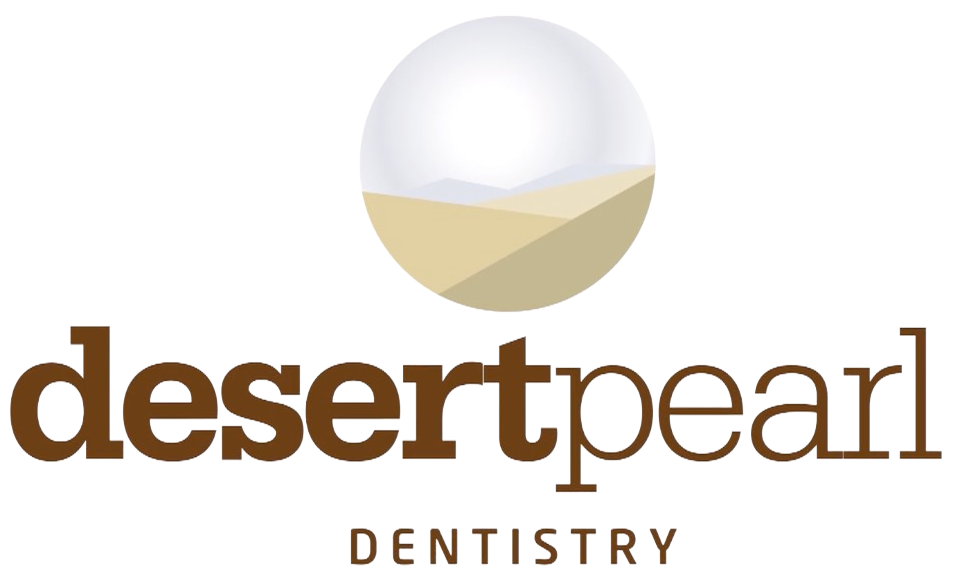Many of the things that impact our oral health are things we have some degree of control over. We can modify our diet to avoid sugary and acidic foods. We can also ensure we maintain a consistent dental hygiene routine to offset the risks of tooth decay and gum disease. However, some of us struggle with conditions that cannot be treated or prevented. One such example is dentinogenesis imperfect. This genetic condition impacts the natural formation of our teeth, resulting in discolored, brittle enamel prone to breakage. While this condition cannot be cured, Desert Pearl Dentistry offers treatment options to manage the symptoms.
How To Identify And Care For Dentinogenesis Imperfecta
Understanding the basic geography of our oral cavity can help us understand how dentinogenesis imperfecta impacts our teeth’ growth and development. First, it’s important to know that there are three layers that make up the organs that are our teeth. The outer layer is enamel, the hardest substance that can be formed by the human body. Underneath this hard and seemingly impenetrable layer is a layer of dentin. This material is porous, softer than enamel, and supports the enamel while protecting the inner pulp. The pulp lies at the heart of our teeth and is a collection of living tissues and nerves that comprise the living core.
When the teeth of a patient with dentinogenesis imperfecta develop, this genetic condition impacts how the enamel forms. The enamel can be discolored, often appearing yellow-brown or dull blue-gray. It’s also possible for the enamel on these teeth to appear translucent. Finally, the teeth form in a way that renders them easily chipped or broken due to weakened enamel. Some patients have enamel that is so weak that it is nearly gone just weeks after the tooth first erupts.
There are three classifications of dentinogenesis imperfecta, which are:
- Class I – This form of DI occurs when the patient also suffers from osteogenesis imperfecta. This is another genetic condition that causes the bones to form incorrectly, making them similarly brittle and prone to breaking.
- Class II – This is the most common form of DI and impacts the growth and development of both the adult and primary teeth. This is the class that has the most prominent occurrence of dental discoloration.
- Class III – Patients with this form of DI experience the rapid breakdown of the crowns of their teeth. This occurs in both the adult and primary teeth and often ends with the patient’s pulp being exposed. When exposed, the pulp is typically opalescent, smooth, or amber-colored. Further, the root and pulp canals within the tooth typically appear enlarged when viewed with an X-ray.
This condition is effectively treated by providing treatments that strengthen the enamel, such as fluoride treatments and dental sealants. Further, when actual damage has occurred, the treatments can expand to include dental restoration techniques. These can include fillings, inlays, onlays, and veneers to dental implant options.
Contact Desert Pearl Dentistry To Learn More
If you or a family member are struggling with these symptoms of dentinogenesis imperfecta, it’s time to seek help from the team at Desert Pearl Dentistry. We’re here to help our patients manage their oral health concerns, and take steps to maintain and improve their oral health over time. Start by calling (760) 568-0130, or visiting our office in Rancho Mirage, CA.



